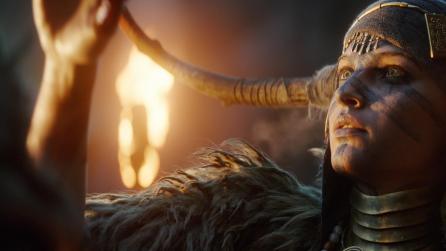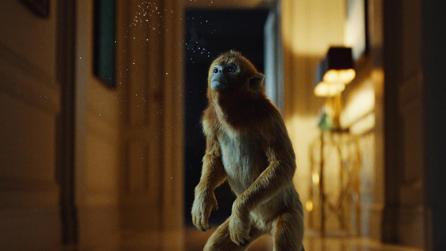Many TV viewers may be forgiven for not associating a historical drama with large scale visual effects (VFX).
There are no hordes of CG creatures amidst genteel Victorian society; neither are there other-wordly oddities in the sprawling stately homes that serve as the set pieces on these same dramas.
Yet The Crown, produced by Left Bank Studios for Netflix, serves to prove this sentiment wrong. In order to bring the reign of Queen Elizabeth II to life, extraordinary visual effects from several top studios feature heavily on the show, supervised by Ben Turner as part of The Crown’s in-house VFX team. And with the level of detail, care and finesse poured into the show’s creation, it’s no wonder The Crown enjoys seven BAFTA nominations and thirteen Emmy nominations this year.
Ben’s no stranger to The Crown, having worked across all three seasons over the course of the past five years. We held court with him and Andy Tusabe, Molinare’s VFX Supervisor, to discover how they used Foundry’s node-based compositing tool Nuke to help both pay homage to this pivotal point in English history through visual effects so good, you don’t even notice them.
Right royal compositing
Ben became embroiled in The Crown whilst working at One of Us, leading the studio’s compositing efforts on Seasons One and Two. As the show moved into its third season, Ben continued work on the project in a freelance capacity, tasked with supervising not only The Crown’s in-house VFX team, but all VFX work produced by a number of other vendors involved in the show’s creation.
His longevity with the show makes him especially well-placed to give expert insight into how exactly this regal slice of history is brought to life for the big screen.
Perhaps the most iconic visual of the show is the queen’s seat of operations, Buckingham Palace—yet at the risk of dispelling the illusion for avid Crown fans, the Palace’s gates and archways are props that live at Elstree Studios alongside a partial courtyard. There’s a dummy Porte-cochère, too, which viewers will recognise as where prime ministers alight and head inside.
Shots involving these props are extended in post-production, edited and composited in Nuke to produce pixel-perfect final images that emulate the grandeur of Buckingham Palace—without the need for on-location filming.
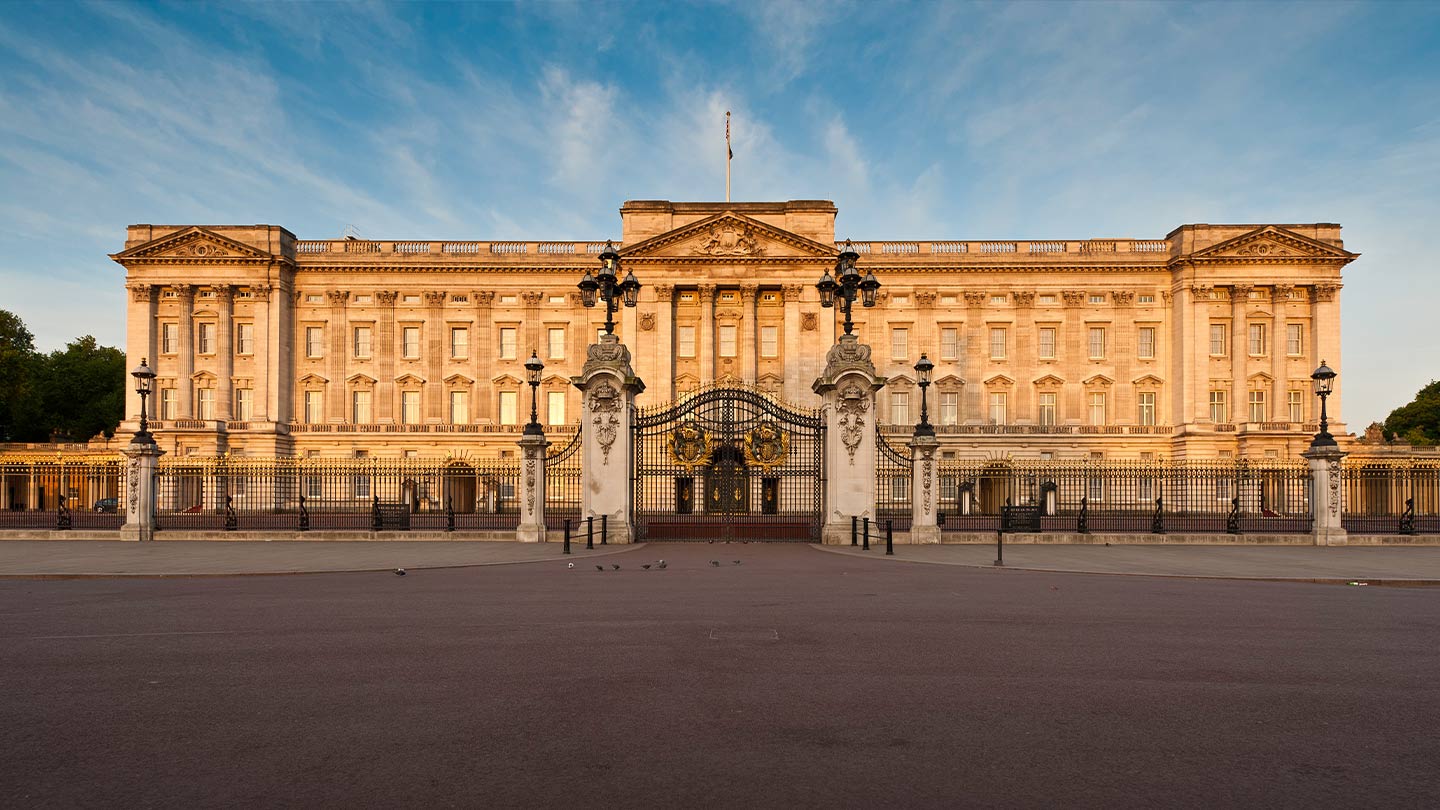
“Nothing happens without Nuke,” Ben tells us. “We use it in-house, but all the vendors use it as well [...] I would say that 95% of all the work goes through Nuke—not just in-house, but across everyone. [...] It’s the whole industry.”
This same sentiment perfectly reflects Foundry’s goal of enabling a global community of compositing artists to produce images that perfectly capture their creator’s vision.
“At the end of the day it's about the artist,” Ben continues. “[Nuke] is what the artist pool is used to and it's really flexible. You can have small teams or large teams all collaborating together.”
Nuke’s ubiquity makes it especially useful on productions like The Crown, where VFX work is divvied up by Ben and his in-house VFX team amongst a variety of vendors, leading to an increased need for holisticity and continuity of tools, files and assets.
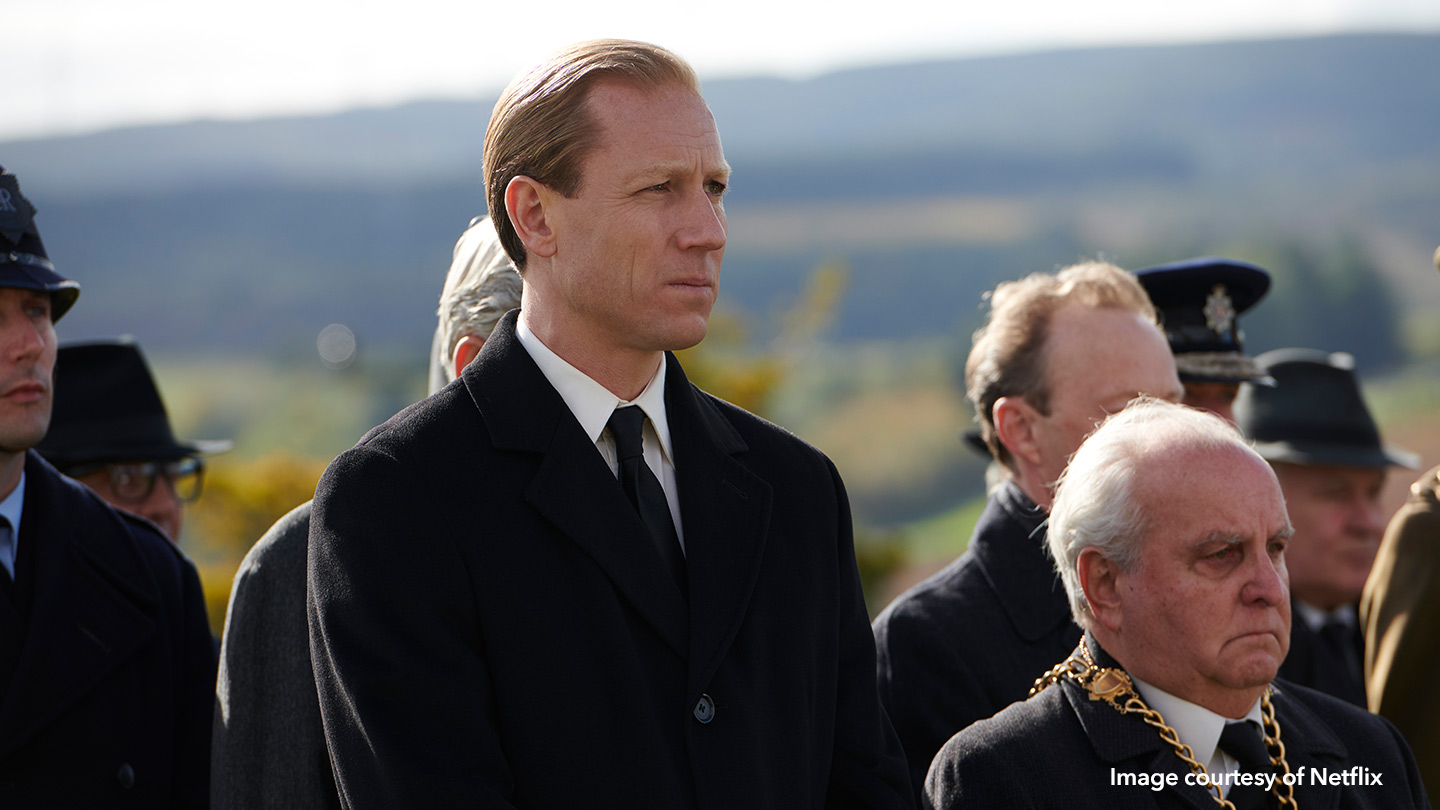
By royal appointment
One such vendor to work on The Crown’s third season was leading London-based post-production house Molinare. With a provenance that spans back over forty years, Molinare’s expertise lies in feature film, high-end TV drama, feature documentaries and factual series with major broadcasters and streaming services, including Netflix.
We caught up with Andy Tusabe, the studio’s VFX Supervisor, to learn a little more about the work Molinare’s 9-strong VFX department did on the show.
“[The Crown] was mainly clean-up work, some matte paintings and CGI,” Andy tells us. Circling back to the idea of ‘invisible VFX, a common practice for period dramas in masking any semblance of modernity, he adds: “[...] we endeavoured to remove all modern elements such as manhole covers, road signs, streetlights and light switches, to name just a few.”
“Nuke is an amazing VFX tool,” Andy continues. “[We use] its fantastic toolset to make work of this nature efficient, thus making it simpler to maintain quality. This not only improves the quality of the image but also the quality of the artistry.”
“[We use] Nuke [as] the workhorse of our pipeline; all shots are finalised in it.”
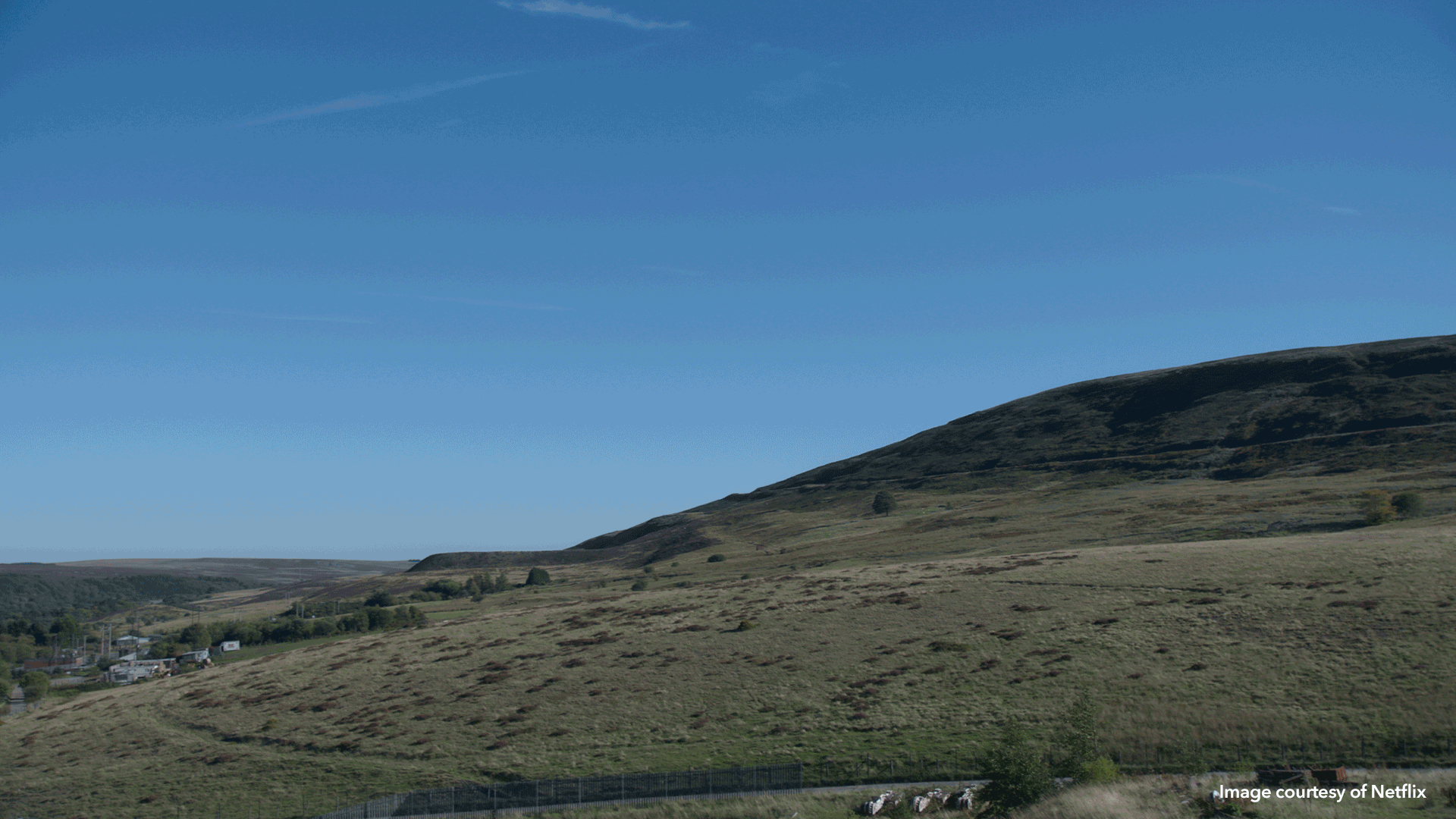
Asked what shot or sequence he enjoyed working on the most for The Crown S3, Andy comments: ‘They were all fun in their own way. We had a tricky shot removing some road markings. We used a number of techniques, including the 3D camera tracking feature, to complete the shot.”
Asked the same question, Ben Turner was quick to caveat his response that whilst it wasn’t his most fun sequence to work on, S3’s episode three, focusing on the Aberfan disaster, was certainly his most challenging.
“Our standout episode last year was episode three which was all about the mining disaster in Wales, in the village of Aberfan. And so I think in terms of The Crown, [...] it's probably the work that I'm most proud of, almost in my career, I would say.”
He continues: “It was a huge challenge, because we had to really seamlessly create the world of the mining village in South Wales [...] we had to create that world believably and then we had to kind of destroy it when the coal spoil tip collapsed and slid into the town and killed over a hundred people. And it was [...] really, really difficult to film and really difficult to think about and talk about, but we really had to do it justice.”
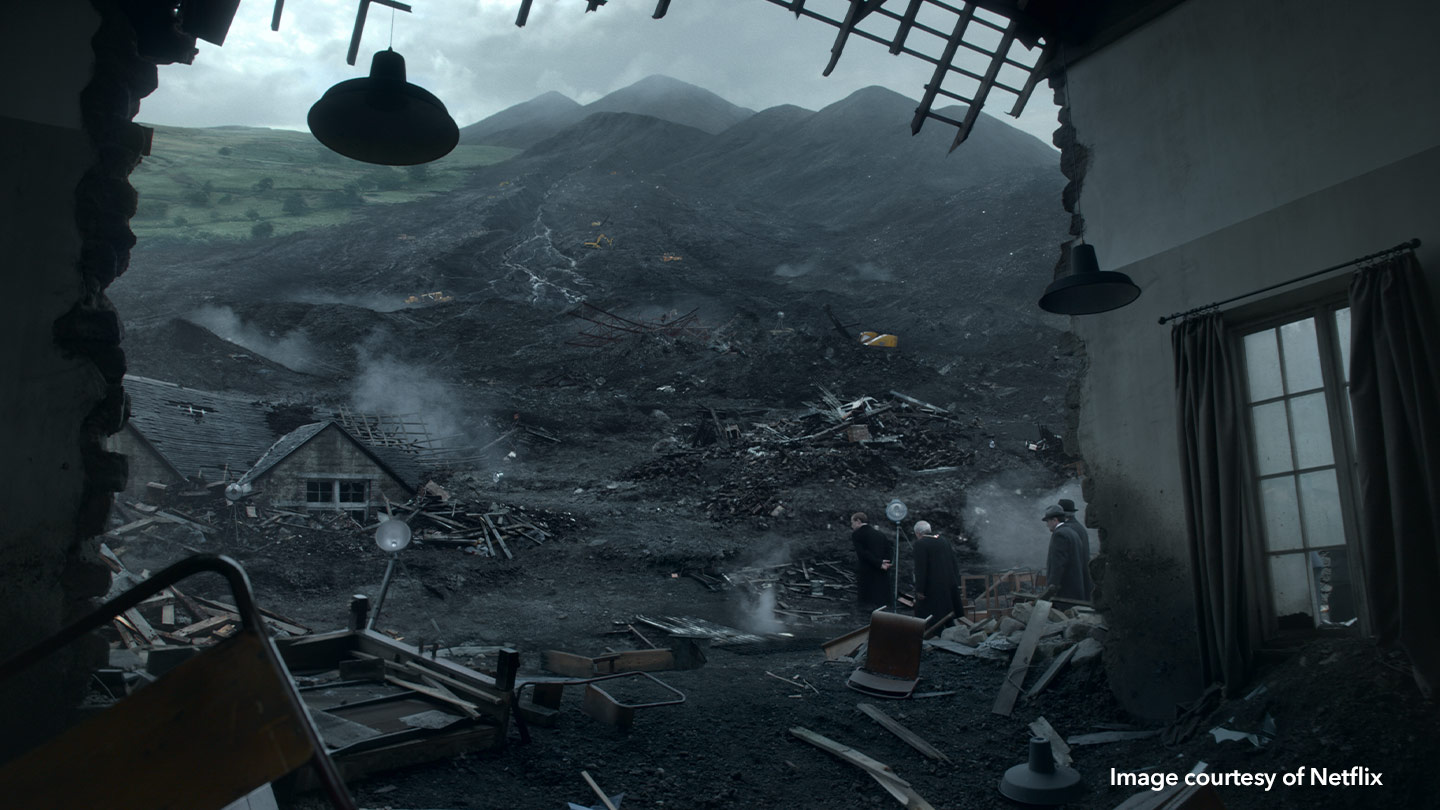
Cloud tech: building castles in the sky?
Work on the Aberfan disaster was completed by a completely cloud-based studio, Ben tells us. This led to a wider discussion on how Ben and his own team used Nuke running on cloud infrastructure to facilitate seamless creative collaboration whilst working on The Crown—and what he believes is in store for the future of cloud technology.
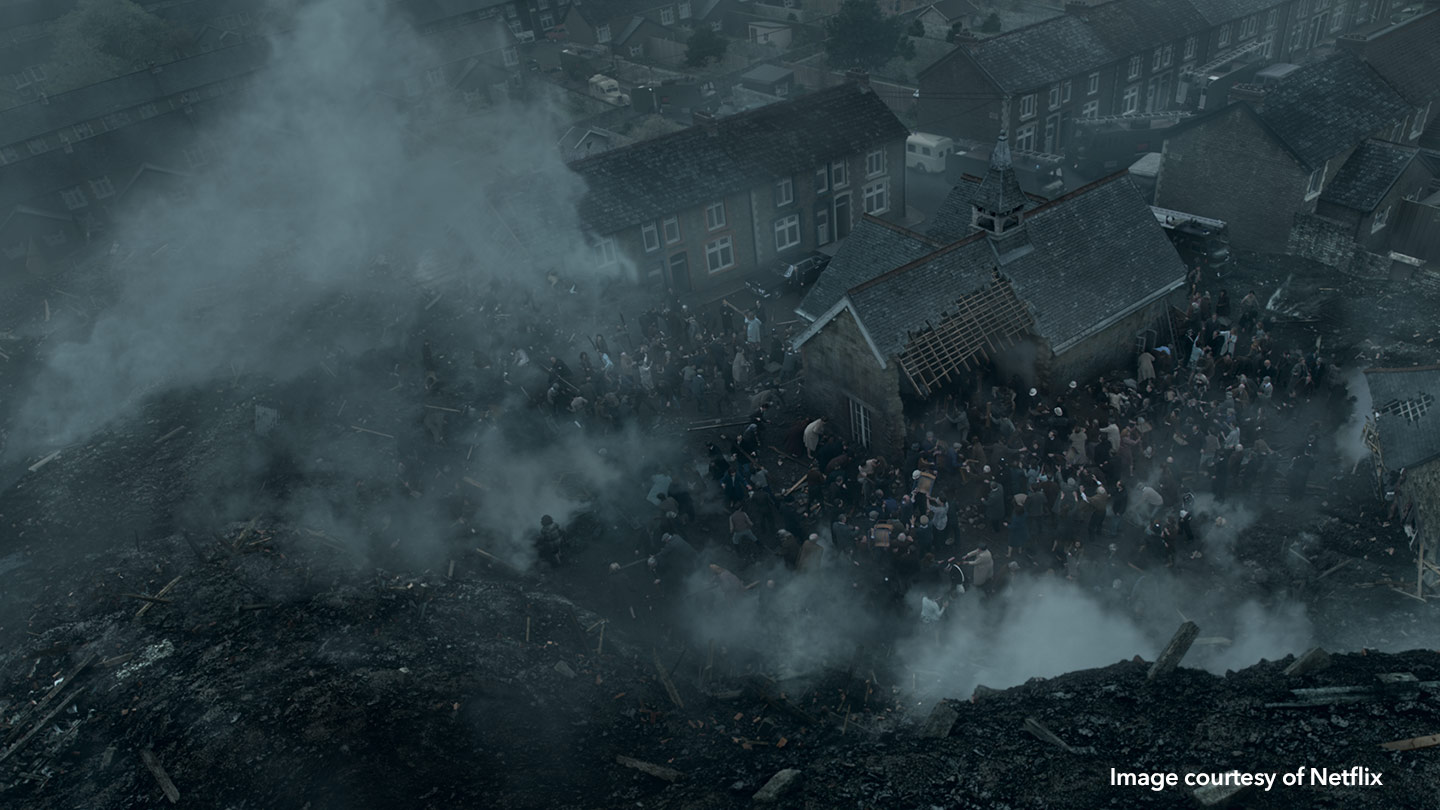
“It makes much more sense to me as [...] a now newly independent supervisor to be able to use the cloud and pull resources from wherever they may be,” Ben explains, diving in into his decision to make the shift to cloud. “[We can] all sing from the same hymn sheet [and] all be singing in different continents if we want to.”
The team’s use of cloud infrastructure also had a tangible impact closer to home. Ben tells us: “We [...] were able to create a little mini studio, [...] all based out of one room where we didn't need to invest heavily in really expensive machines that then depreciate immediately and we were only going to use them for a relatively short run.”
The benefits that this brought to production were key for the in-house VFX team. “The cloud was really helpful for us [...]. It gave us the flexibility to do some real work [and] we were able to flex the muscle of the cloud in our own small way—but without all cooking in the same room with lots of machines under the desk or the like.”
“It also gave us the flexibility to increase the size of our team where we needed to and you can shrink up and down in that kind of elastic computer way. It's not just in render farms that you can spin up lots of machines and then shut them down when you're not using them. You can do that with artists as well and [...] you pay for what you use, so you don't have a machine sitting idly under the desk depreciating in value.”
“You only use the workstation when you need it and you can start with two artists and then the next day spin up a few more and grow your team overnight without too much trouble. Obviously everyone needs monitors and keyboards and tablets and things, but [...] it feels more flexible in lots of ways.”
Yet as we’ve touched on before, cloud technology as it pertains to visual effects is still in its infancy as many studios and vendors get to grips with the nuances of its implementation in production pipelines. These same growing pains were experienced by Ben—but he didn’t let it drag a great team down.
“We certainly felt that a little bit on Season Three,” he comments. “There were teething problems, but we struggled through and we churned out a respectable amount of work and then it all went in the show [...] I look on it as a success, albeit an occasionally painful one. But I definitely believe in the cloud as the future of the business, really.
“I think it's where we're all going. It feels to me like the cloud is where we'll all end up, and I think different vendors will get there in their own time.”
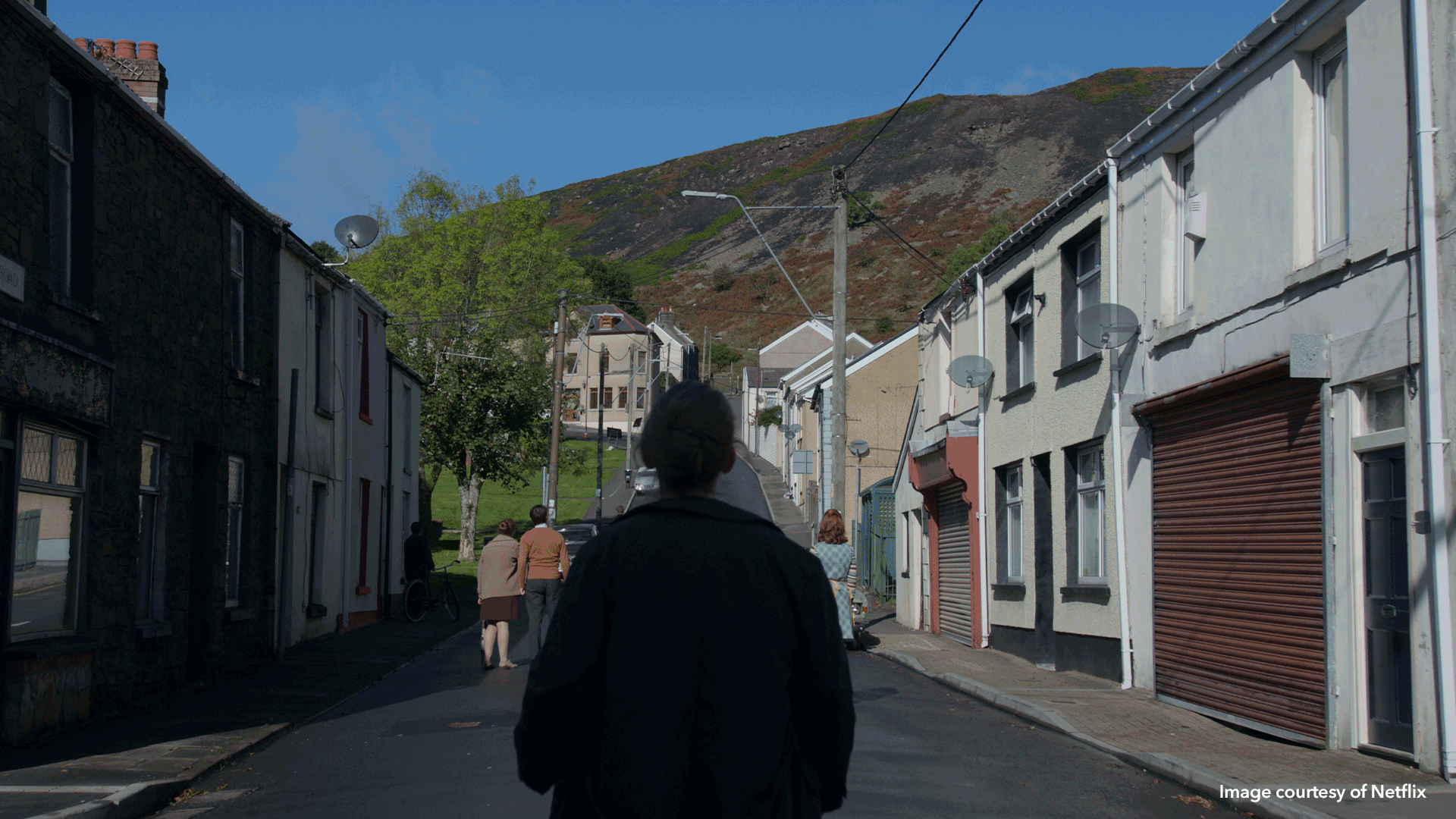
A crowning achievement
The Crown is beloved by fans around the world. We couldn’t resist asking Ben about his experience working on such a popular series, alongside entertainment’s biggest streaming service.
“[Netflix] are really lovely to work for, partly because they—certainly in my experience on The Crown—they let us have really fantastic creative freedom. [...] They’re really supportive of everything that we do on the show.”
“I feel really lucky to work on the show and I'm also a big fan of it,” Ben continues. “From a VFX point of view, [...] I love it because it's constantly different, it's constantly changing, because the times are changing in the story. And so there's always a new challenge every series.”
“It's the sort of work that I love. It's invisible VFX work and I just love it when people say, I didn't know there was any CGI in The Crown. And that just makes my day.”
Watch The Crown Season Three, now streaming on Netflix.
Don't miss Season Four, coming to Netflix in November 2020
